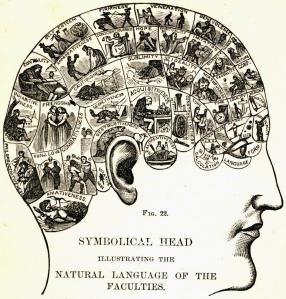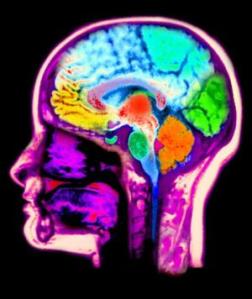Tip #6: Provide many examples and practice exercises in which the same underlying concept is at work.
 Cognitive Psychology: Provide examples to facilitate transfer and meaningful deliberate practice to promote understanding and increase memory performance.
Cognitive Psychology: Provide examples to facilitate transfer and meaningful deliberate practice to promote understanding and increase memory performance.
Why (Justification):
Bransford et al. (2000) recommend that teachers provide “many examples in which the same concept is at work”. (p. 20) In a study by Gick and Holyoak (1980), they presented subjects with a story of a general who breaks up his army into several smaller groups to take different roads to avoid setting off mines. They still all arrived at the same time and were able to take over the capital. Then subjects were ask to solve a problem where the doctor had to radiate a tumor with enough force to destroy it but without harming the tissue around it. Subjects were told to use the story as the model to solve the problem and most subjects realized that the strategy is to break up the radiation source into smaller rays and focuses them only on the tumor so that the strongest radiation is only there.“Hands-on experiments can be a powerful way to ground emergent knowledge...” (Bransford et al., 2000, p. 22) However there are different ways to practice. Consider doing math homework with the use of formulas and theorems. If you just followed the rules of the formula, you may have completed your homework in less time than if you truly went through the formula to fully and deeply understand all the ins and outs of the formula. Students who understand the reasons behind a formula can usually remember it much better and apply it much better in the long run. They may even be able to more easily learn or transfer to related mathematical (or other) information that shares the same abstract underlying core concepts, or knowledge elements. (Anderson, 2000) “In mathematics, experts are more likely than novices to first try to understand the problems, rather than simply attempt to plug numbers into formulas.” (Bransford et al., 2000, p. 41) Paige and Simon (1966) conducted a study where they presented subjects with an algebra problem. The expert group quickly realized that the problem was logically impossible.
In addition, practice will help your learners remember and recall faster. According to the power law of learning, your memory performance improves as a power function of practice. (Anderson, 2000) In a study by Pirolli and Anderson (1985) subjects practiced sentences and their speed to recall the sentence improved the more they practiced, before leveling off.
“Students’ abilities to acquire organized sets of facts and skills are actually enhanced when they are connected to meaningful problem-solving activities, and when students are helped to understand why, when and how those facts and skills are relevant.” (Bransford et al., 2000, p. 23)
Therefore, just as we draw a line between memorizing facts and learning with understanding, we must differentiate practice from deliberate practice. Practicing the mathematical formula by applying it to problem after problem is not the same as “deliberate practice” where you may apply the formula, and as you do, continuously check and recheck your own understanding. This means you use metacognitive strategies to insure a deep level of understanding. (Bransford et al., 2000) This is also consistent with the depth of processing theory that states that information processed at a deeper level of analysis improves memory for that information.
How (Application):
- Try to weave in an example to every section, definitely for the main points that communicate the core concepts, and, if possible, for the sub-concepts as well.
- Also follow-up at the end of each section with a practice exercise to let learners practice and apply what they have learned themselves. Design practice exercises where the same underlying concepts are at work. They shouldn’t be too simple, as that will not engage the learner, but they shouldn’t be too difficult as that would discourage the learner. For example, if you are teaching addition and show examples of adding two numbers, give students a practice exercise of adding three numbers. It is more challenging than the examples you used to teach but still manageable for the student to solve.
References
Anderson, J. R. (2000). Cognitive Psychology and Its Implications: Fifth Edition. New York, N.Y.: Worth Publishers.Bransford, J. D., Brown, A. L., & Cocking, R. R. (2000). How People Learn: Brain, Mind, Experience, and School. Washington, D.C.: National Academy Press.
Gick, M. L., & Holyoak, K. J. (1980). Analogical problem solving. Cognitive Psychology, 12, 306-355.
Paige, J. M., & Simon, H. A. (1966). Discipline-specific Science Education and Educational Research: The Case of Physics. Paper prepared for the Committee on Developments in the Science of Learning for the Sciences of Science Learning: An Interdisciplinary Discussion.
Pirolli, P. L., & Anderson, J. R. (1985). The role of practice in fact retrieval. Journal of Experimental Psychology; Learning, Memory and Cognition, 11, 136-153.



